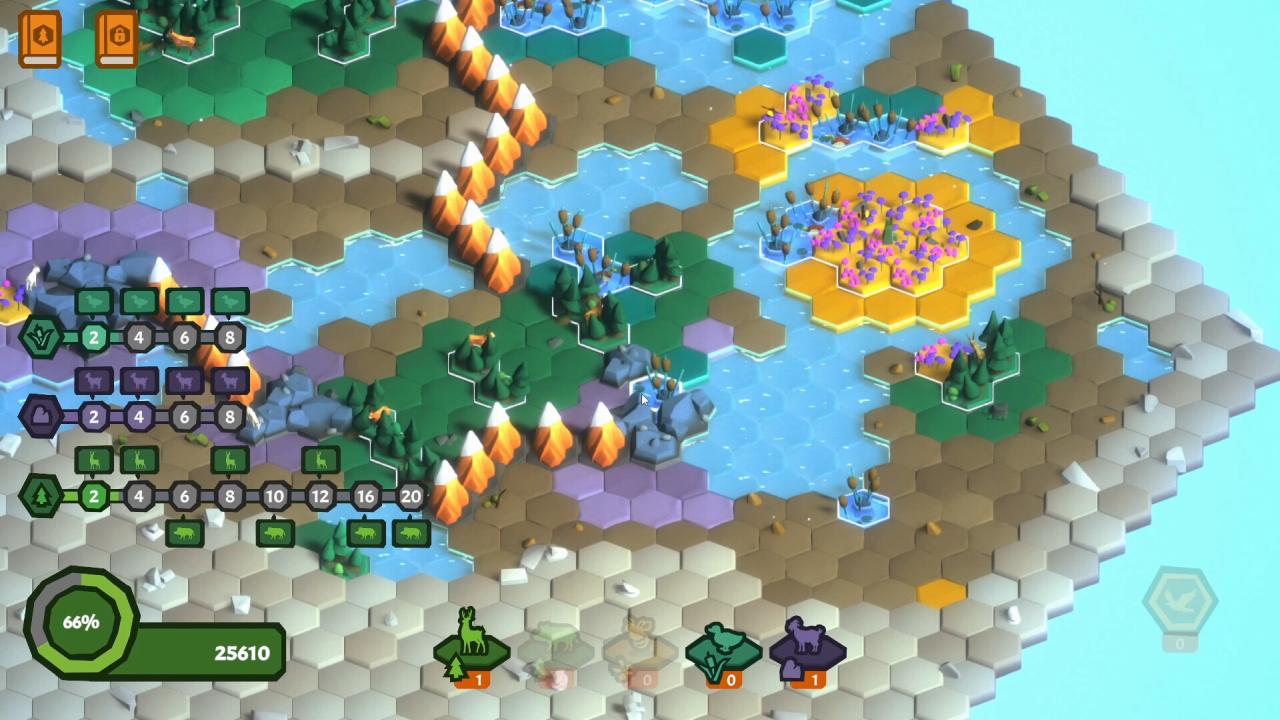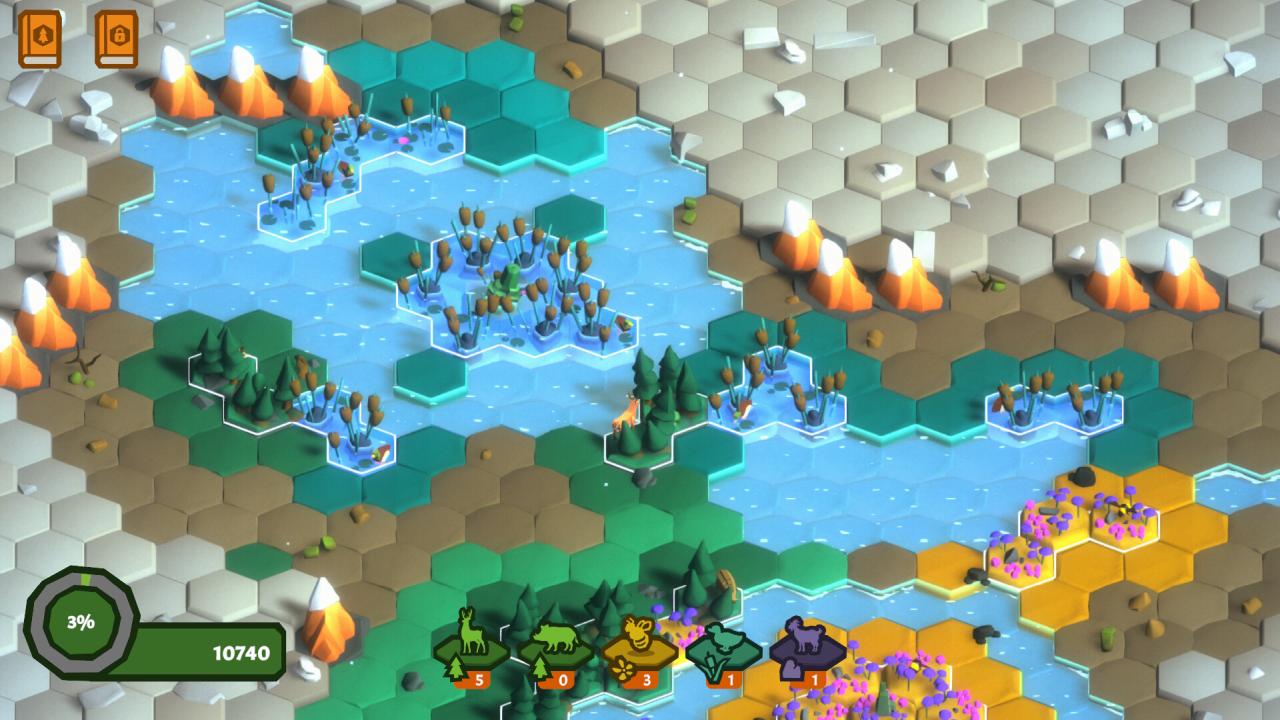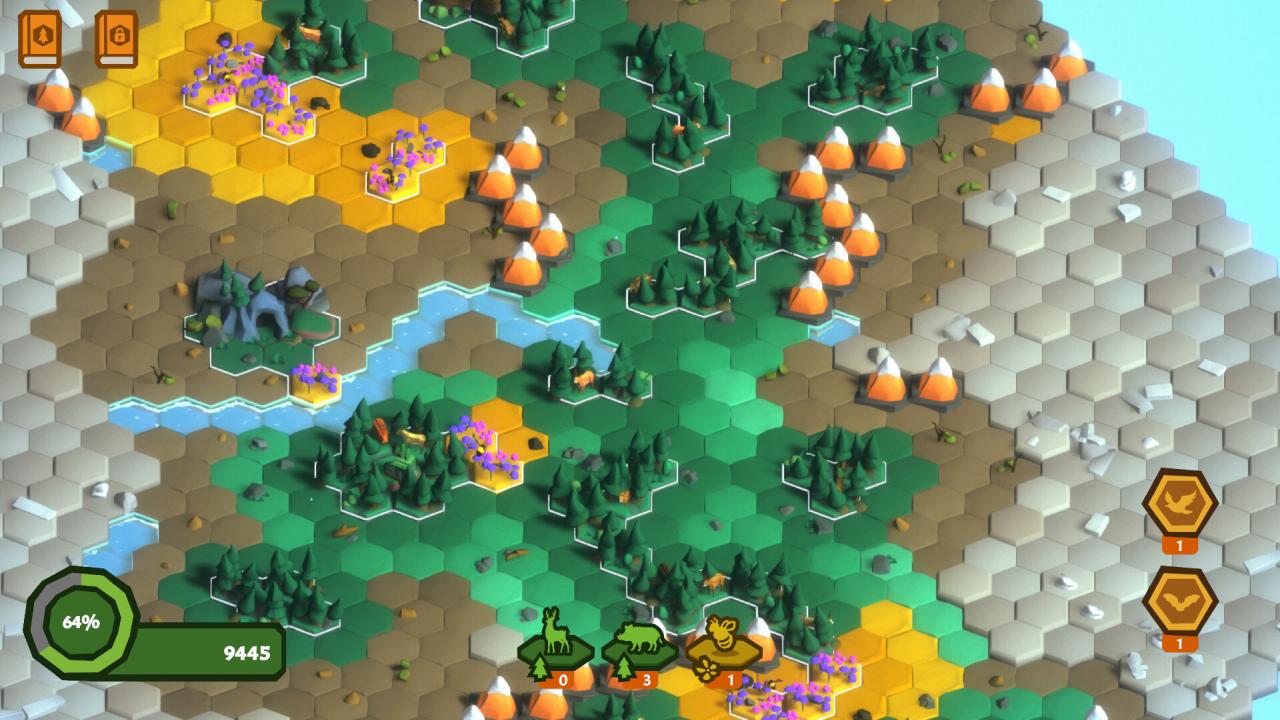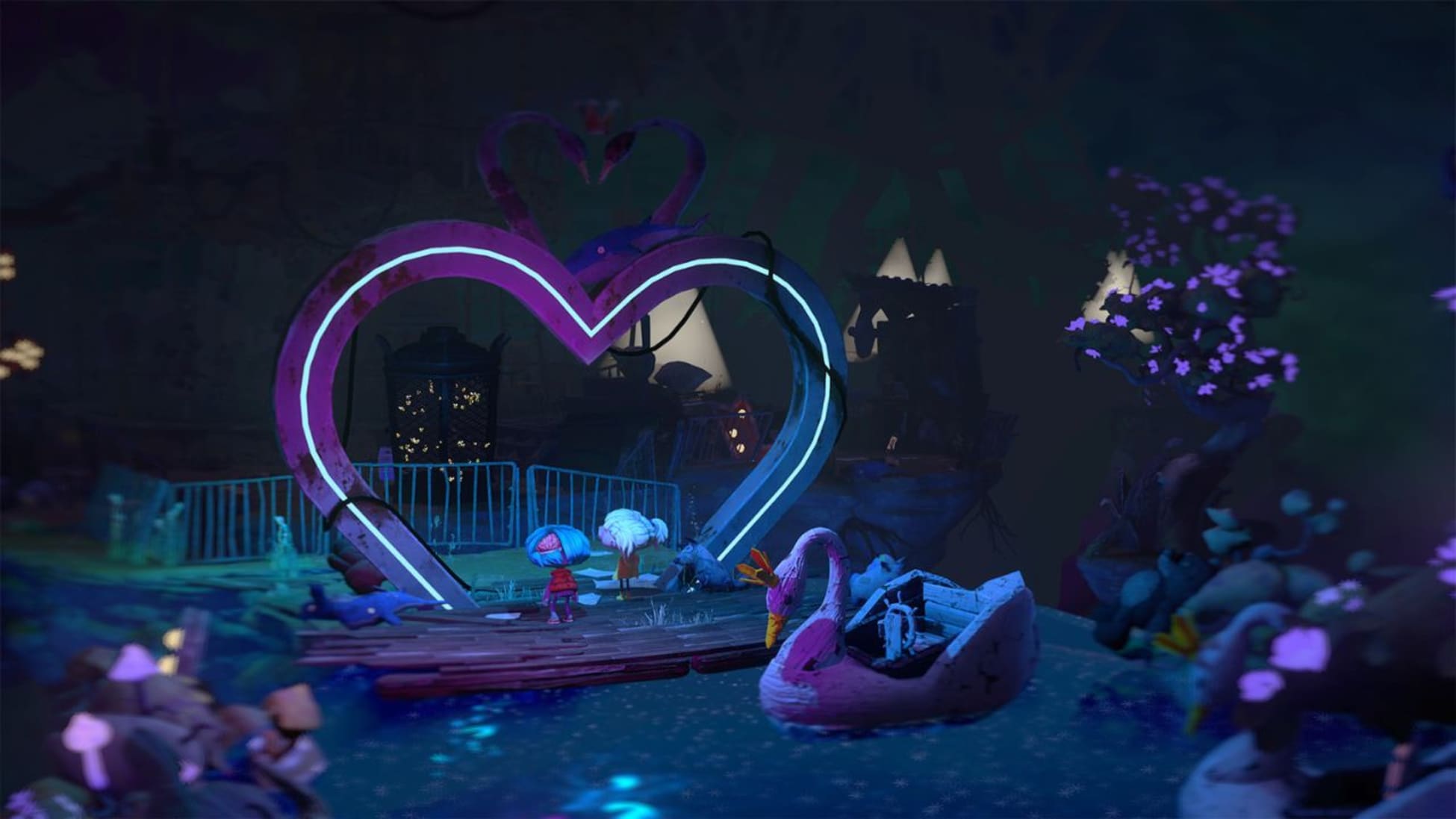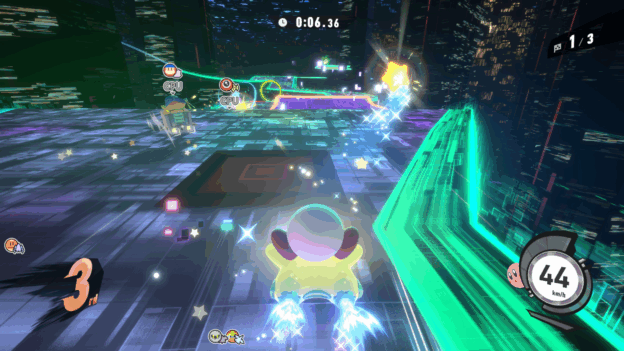Review: Growth (Nintendo Switch) – Pure Nintendo
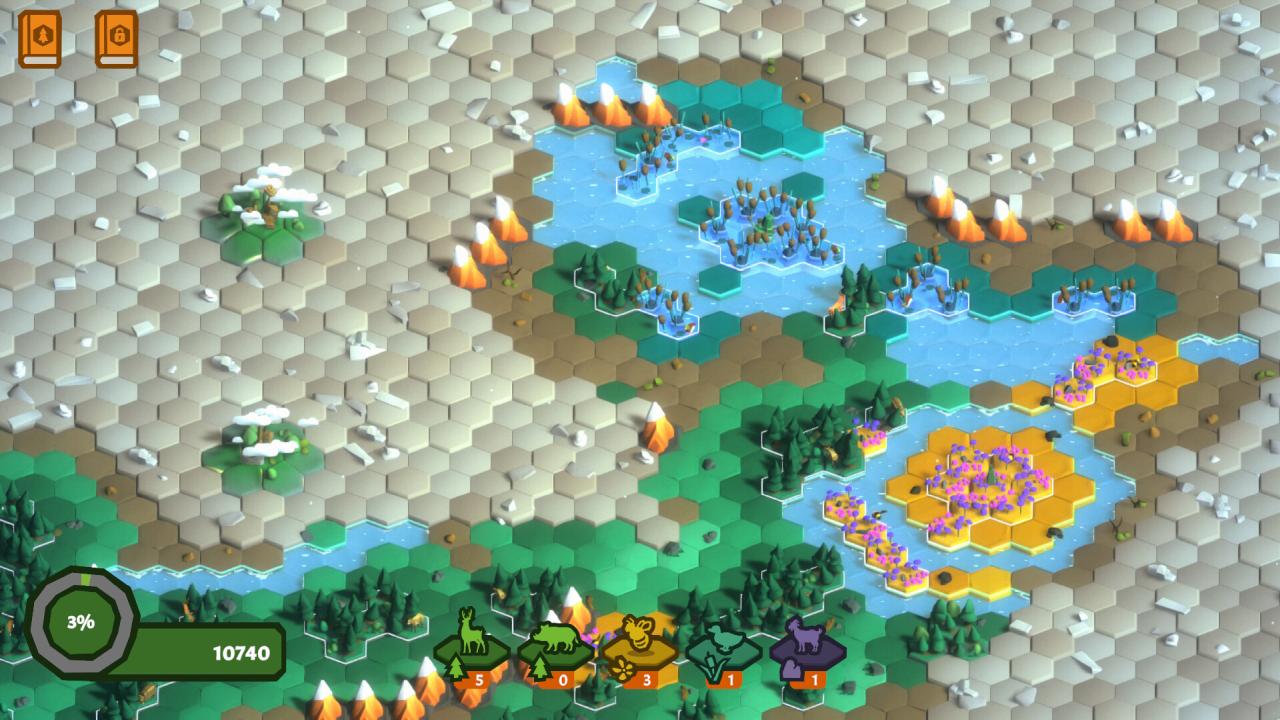
Growth is generally viewed as a good thing, and that’s certainly the case with this puzzle game from Assemble Entertainment. The goal is to expand life across an uncharted world, and it’s surprisingly difficult to do. Blame some of that on strategic complexities, blame the rest on luck.
The first thing that surprised me about Growth is the complete lack of narrative. That’s not a bad thing, of course; not all games need a story. We were never told why we had to clear all those mines in Minesweeper, after all (a game that’s actually quite similar to Growth), but we still did it. Same here.
The gameplay basics are covered in tutorials, but they don’t extend beyond the general rules. This is a game at which you have to fail a few times before you really settle into its flow. That flow begins with a rather large map of hexagonal tiles that hide the terrain beneath them. You start on a cluster of trees that supports life for a few animals; a couple deer and a boar, for example. By selecting that cluster, you can move one of the animals to a new area. Each animal has a unique ability—a boar can move further, a bee can cross rivers, etc.
When moving out, a group of tiles gets flipped over where the animal stops, revealing the previously hidden terrain. Reach a new cluster, and you can acquire new animals. Hit an obstacle, and it’s up to you to figure out how to get around it. The problem is that you only have a certain number of animals and moves. Use them all, and it’s game over.
So, growth. In order to complete the map, you need to send life into the world. A good portion of this is determined by luck, since you’ll have no idea what lies beneath the tiles you’re trying to reach. But strategy is key. Which animals should you use to locate more clusters, and which should you use to connect them? Which should you keep behind to branch in other directions? If you’re able to unlock 80% of the randomly generated maps, you win that round.
It took me quite a few tries to do that. But before long, I was flying over mountains, uncovering islands, and even occasionally reaching the Points of Interest that provide greater challenges and rewards. Accessing new animals allows the maps to open up, even if they don’t make the overall goal that much easier to reach.
The visuals and audio are well suited to the gameplay. The whole experience is colorful and relaxing, like nature itself. Tiles roll over with the satisfying clicks of an old-timey flipboard, and the subtle animal animations and natural audio effects keep things lively without knocking you out of the core experience.
This is definitely a game you’re meant to focus on and relax with. If you’re using the right headphones, it could be a great way to escape your commute.
I don’t think Growth tries to be anything more than that, which is both a positive and a negative. If you want a quick way to chill out for a bit, this is your ticket. The game offers low stakes but challenging puzzles that you can replay for pretty much forever, considering the maps are randomly generated.
However, the gameplay never really changes. Nor does it grow, ironically. The maps may change, but the experience will be the same every time you start over, confining said growth to individual game rounds. But if you’re able to settle in, that may be enough.

